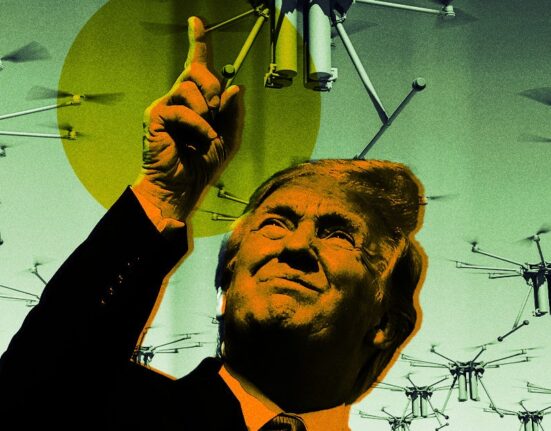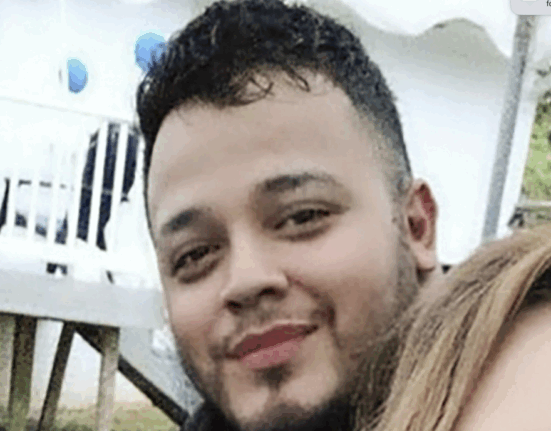Robert F. Kennedy Jr., a prominent figure, has been making waves in the field of mental health and addiction services. The Substance Abuse and Mental Health Administration (SAMHSA), the nation’s primary mental health agency, is undergoing significant changes under his leadership.
The Dissolution of SAMHSA
SAMHSA, essential for supporting community-based mental health services and addiction treatment, is facing a transformation. With a substantial reduction in staff and budget cuts amounting to $1 billion, the agency’s future hangs in the balance. President Trump’s administration aims to merge SAMHSA into a new entity, spearheaded by Health Secretary Robert F. Kennedy Jr.
The recent developments have sparked concern among lawmakers, researchers, and healthcare providers alike. The impact of these changes on critical services provided by SAMHSA is profound.
A Personal Perspective
During a House Appropriations Committee hearing, Rep. Madeleine Dean highlighted the progress made in reducing overdose deaths but questioned the rationale behind dismantling SAMHSA amidst these achievements. Kennedy defended the move by emphasizing efficiency as the driving force behind restructuring.
Kennedy shared his personal connection to addiction issues, underscoring his commitment to ensuring access to essential treatments for individuals grappling with substance use disorders.
Evolution into AHA
In March, Kennedy unveiled plans to consolidate various divisions including SAMHSA into a new entity called the Administration for a Healthy America (AHA). This strategic realignment aims to enhance efforts in addressing chronic diseases encompassing mental illnesses and addiction.
However, concerns linger regarding potential disruptions in ongoing successful programs administered by SAMHSA over the years.
Expert Insights
Psychologist Rachel Winograd lauds SAMHSA grants as indispensable pillars supporting vital behavioral health initiatives nationwide. The agency’s funding plays a pivotal role in facilitating access to crucial resources such as medications for substance use disorders and overdose prevention measures.
Miriam Delphin-Rittmon highlights how SAMHSA grants have catalyzed positive outcomes like increased Naloxone reversals contributing to diminishing overdose deaths significantly.
Rural Communities’ Lifeline
Adriatik Likcani sheds light on how SAMHSA grants have been instrumental in revitalizing rural communities lacking adequate resources for addiction treatment and recovery support services. Initiatives like peer specialist programs have proven transformative by fostering sustainable recovery pathways across regions previously underserved.
Likcani emphasizes that without continued federal support through programs like those offered by SAMHSA, rural communities risk losing essential lifelines vital for combating addiction crises effectively.
Looming Challenges
With regional office closures impacting technical assistance availability from SAMHSA experts on-ground support diminishes significantly according to Likcani. Such changes raise concerns about sustaining critical recovery centers serving vulnerable populations reliant on these facilities for comprehensive care solutions.
The evolving landscape of mental health and addiction services underscores the need for strategic foresight amidst organizational transitions aimed at optimizing service delivery while safeguarding existing successful interventions.









Leave feedback about this